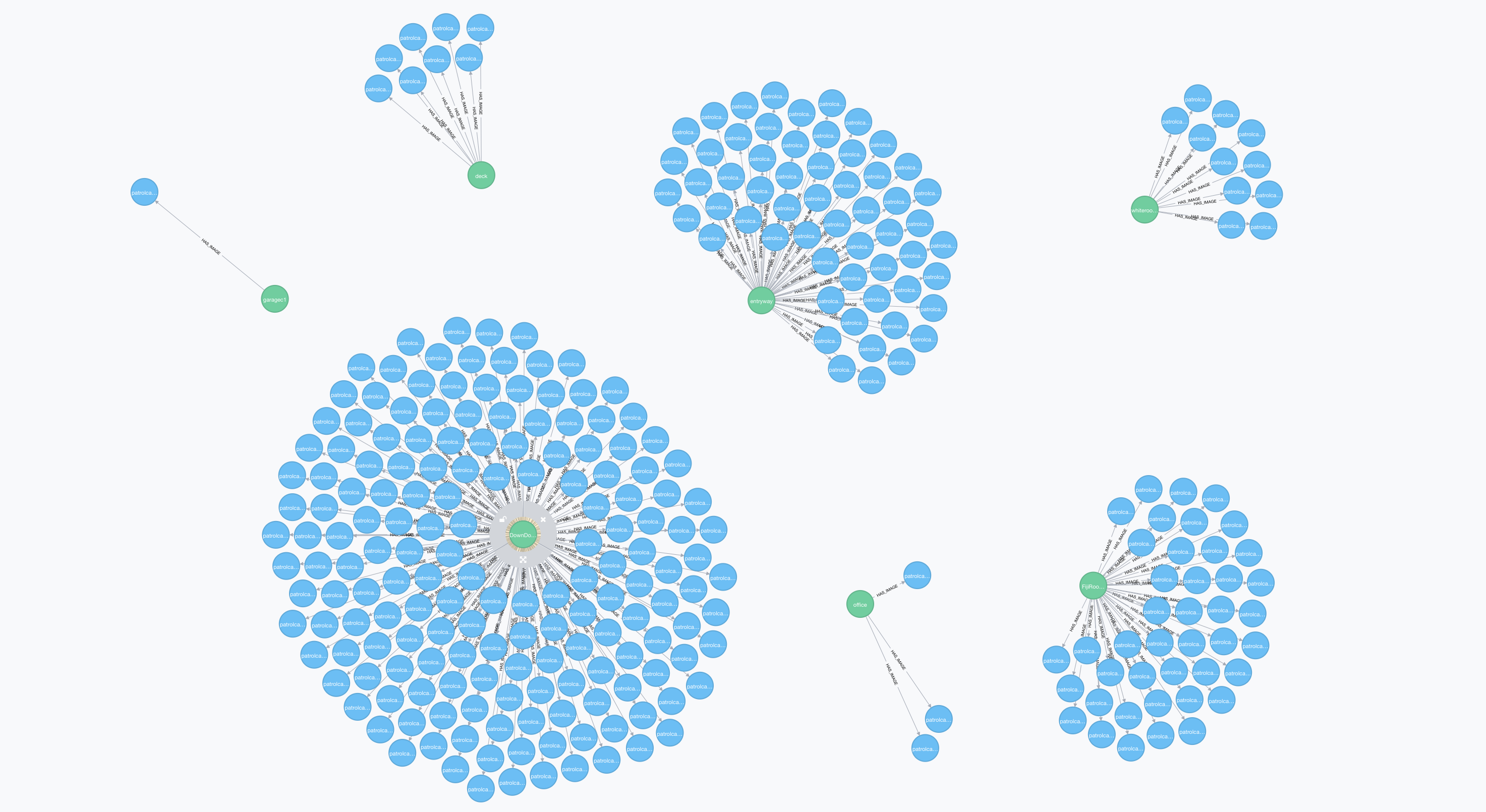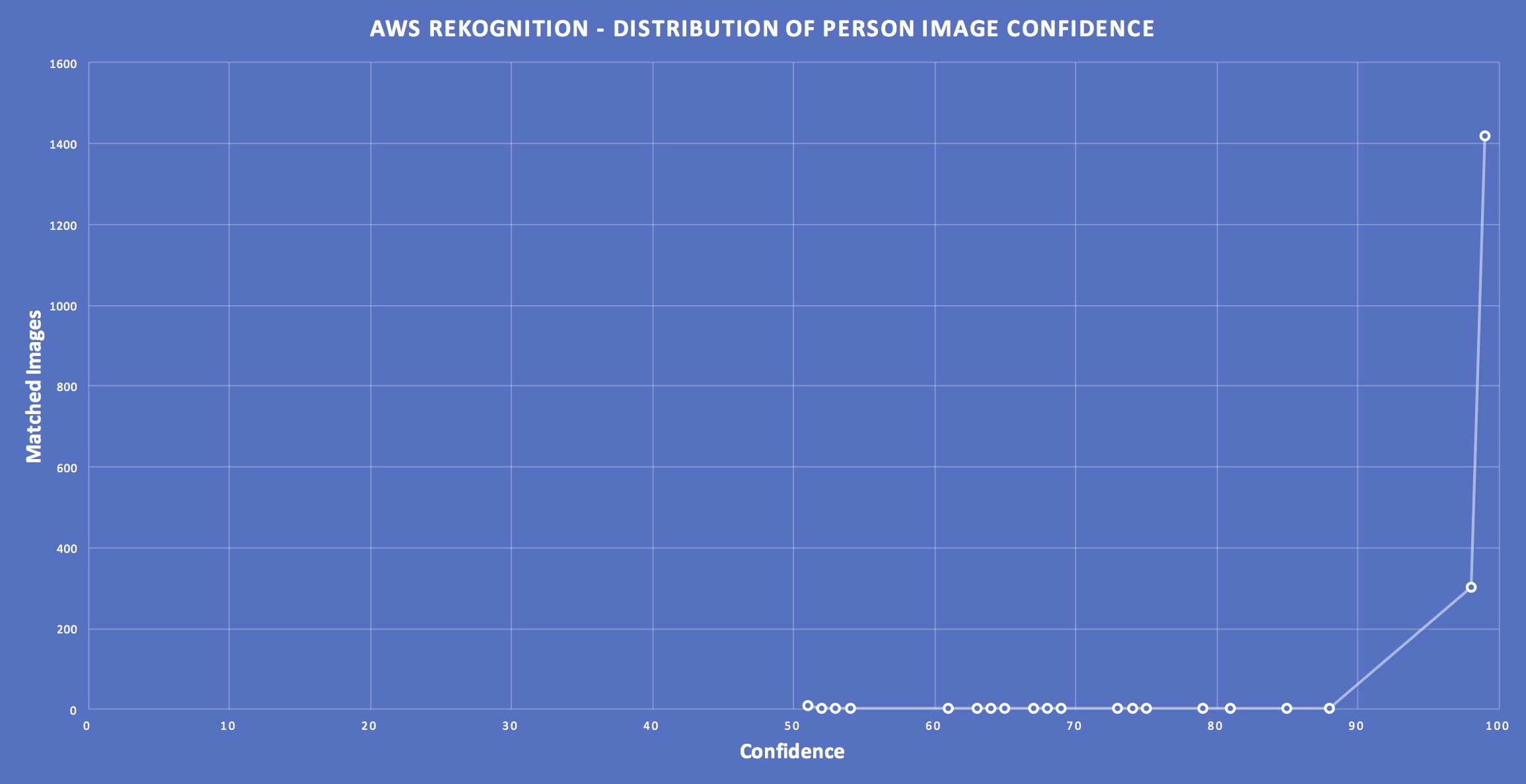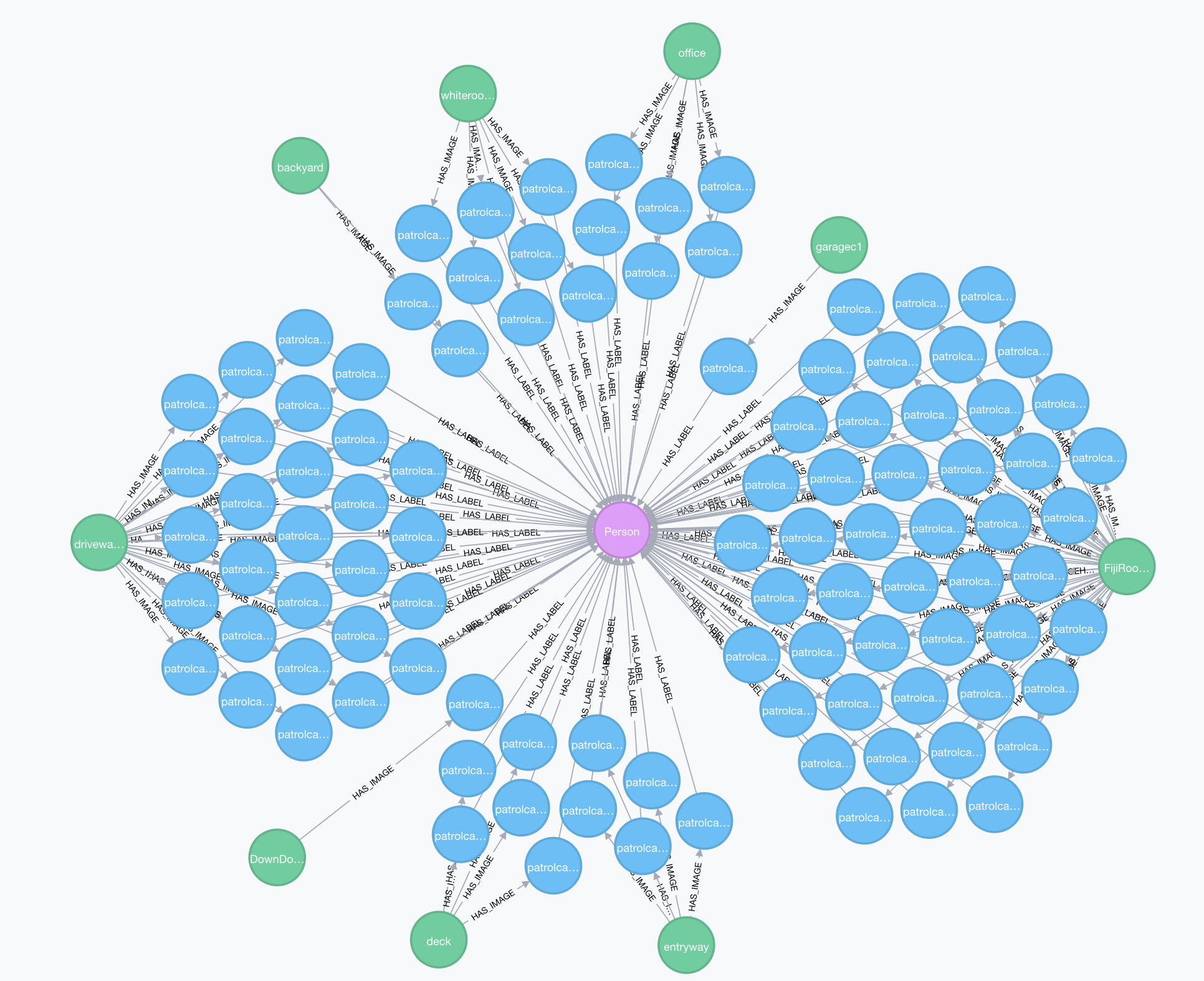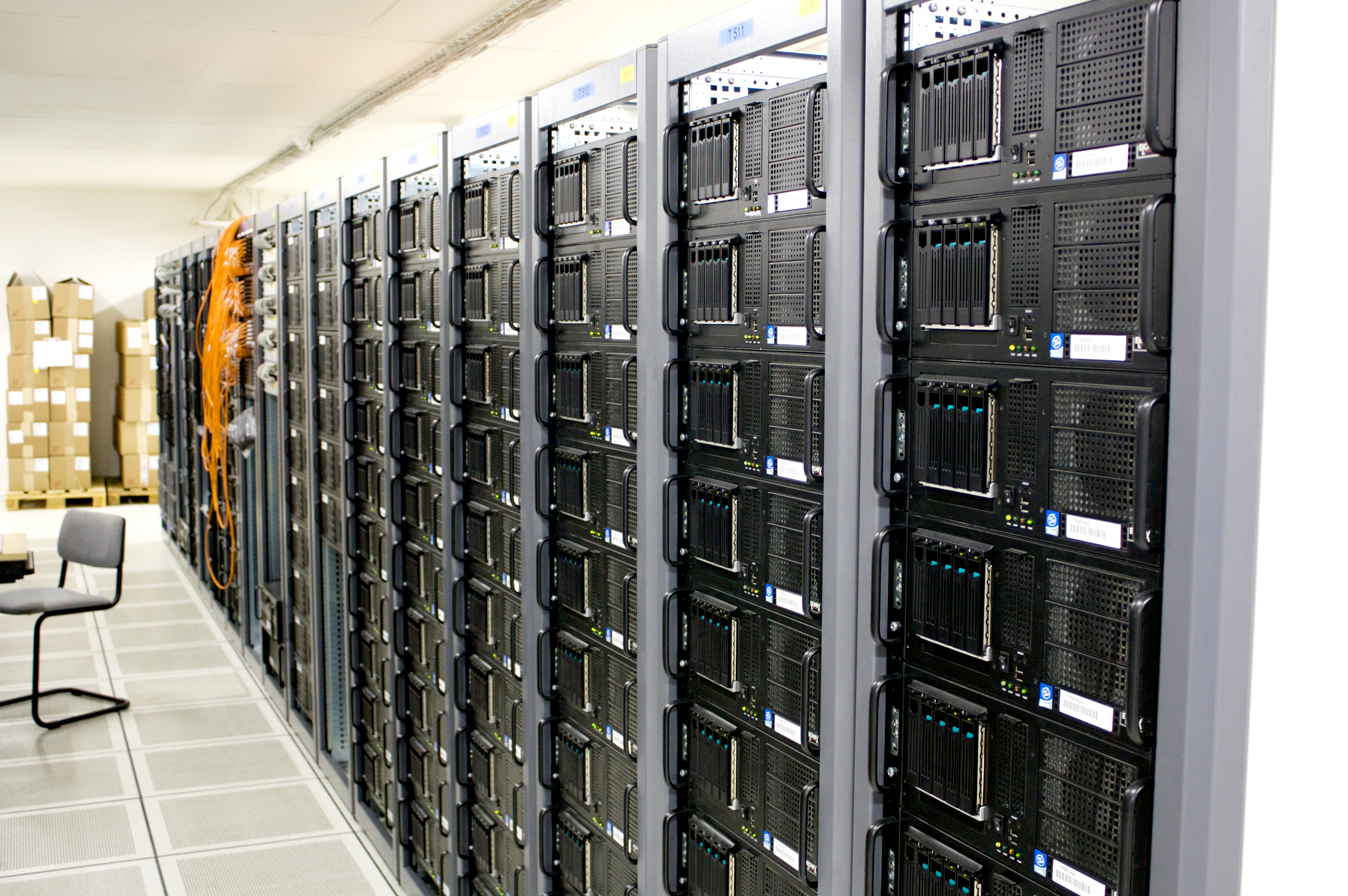Time for an update on my ongoing person identification in images project; for all the background you can check out these previous posts: Analyzing AWS Rekognition Accuracy with Neo4j AWS Rekognition Graph Analysis – Person Label Accuracy Person Recognition: OpenCV vs. AWS Rekognition In my earlier serverless series I discussed and provided code for getting… Continue reading Person Recognition in Images with OpenCV & Neo4j
Category: IoT
AWS Rekognition Graph Analysis – Person Label Accuracy
Last week I wrote a post evaluating AWS Rekognition accuracy in finding people in images. The analysis was performed using the Neo4j graph database. As I noted in the original post – Rekognition is either very confident it has identified a person or not confident at all. This leads to an enormous number of false… Continue reading AWS Rekognition Graph Analysis – Person Label Accuracy
Analyzing AWS Rekognition Accuracy with Neo4j
As an extension of my series of posts on handling IoT security camera images with a Serverless architecture I’ve extended the capability to integrate AWS Rekognition Amazon Rekognition is a service that makes it easy to add image analysis to your applications. With Rekognition, you can detect objects, scenes, and faces in images. You can… Continue reading Analyzing AWS Rekognition Accuracy with Neo4j
Series – Part 5: Serverless Architecture – a practical implementation: Serverless web application.
In part four of the series I discussed securing the serverless REST API serving the collected IoT data from the security camera devices. In this post I will cover deploying the web application that uses the REST API.
Series – Part 4: Serverless Architecture – a practical implementation: Securing a Serverless REST API
In part three of the series I discussed creating a serverless REST API – using Lambda and API Gateway – to serve the collected IoT data from the security camera devices. In this post I will cover securing the REST API.
Serverless Architecture – Practical IoT Implementation
Since the series is getting quite lengthy I’m creating this post as a way to get access to the entire series. In addition – I’ve created a Gitter room to discuss the GitHub Repositories and these posts. Just click on the link and join. Posts in the Series: Part 1: The Setup Part 2: Device… Continue reading Serverless Architecture – Practical IoT Implementation
Series – Part 3: Serverless Architecture – a practical implementation: Serverless REST API
In part two of this series I discussed creating a serverless data collection and processing fabric for an IoT deployment. To recap, we’ve now reviewed the local devices and controller/gateway pattern for the security cameras deployed. We’ve also discussed the Amazon Web Services infrastructure deployed to collect, process and catalog the data generated by the… Continue reading Series – Part 3: Serverless Architecture – a practical implementation: Serverless REST API
Series – Part 2: Serverless Architecture – a practical implementation: IoT Device data collection, processing and user interface.
In part one of this series I briefly discussed the purpose of the application to be built and reviewed the IoT local controller & gateway pattern I’ve deployed. To recap, I have a series of IP cameras deployed and configured to send (via FTP) images and videos to a central controller (RaspberryPI 3 Model B).… Continue reading Series – Part 2: Serverless Architecture – a practical implementation: IoT Device data collection, processing and user interface.
Series – Part 1: Serverless Architecture – a practical implementation: IoT Device data collection, processing and user interface.
Serverless architectures are getting a lot of attention lately – and for good reason. I won’t rehash the definition of the architecture because Mike Roberts did a fine (and exhaustive) job over at MartinFowler.com. However, practical illustrations of patterns and implementations are exceptionally hard to find. This series of posts will attempt to close that gap… Continue reading Series – Part 1: Serverless Architecture – a practical implementation: IoT Device data collection, processing and user interface.



